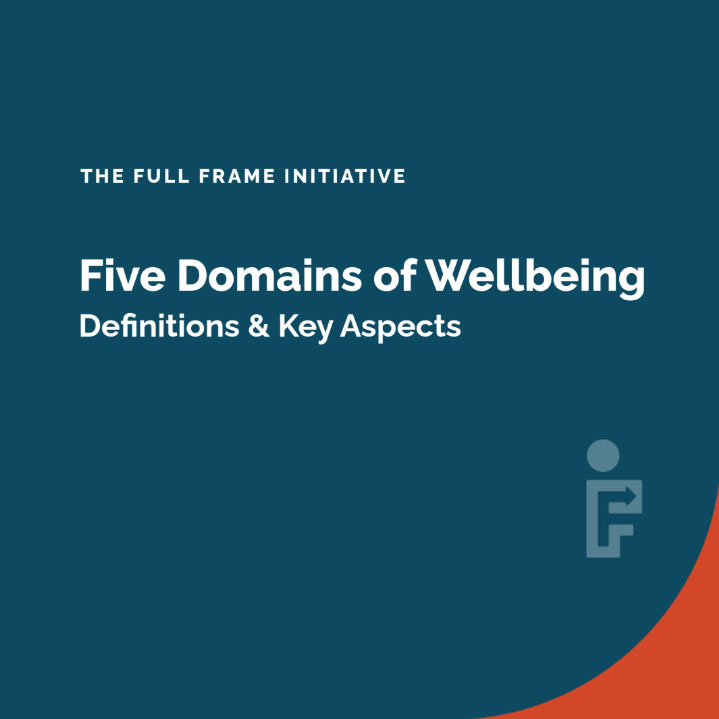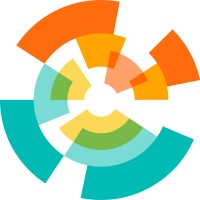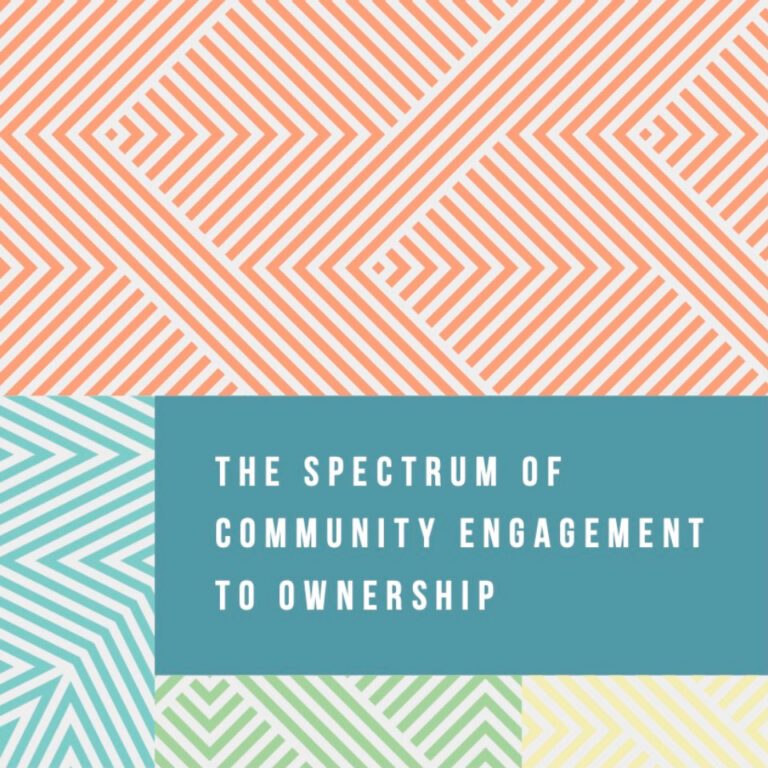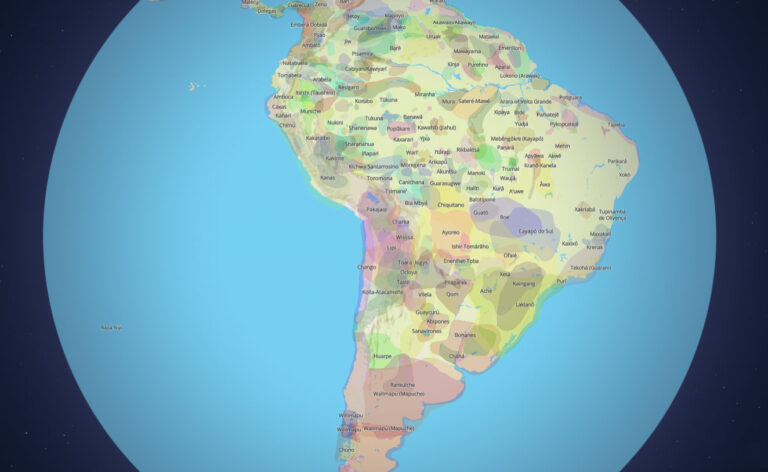Tools & Resources to Shift Power to Communities
Browse Menu
Looking at your role/function within your foundation.
What are listening practices that can shift power?
Assess how you are listening through a set of reflection questions.
Who are the communities you seek to serve and what is your relationship to them?
When you engage in any listening practice, it’s important to define who the communities are that you seek to serve, to listen to, and shift power to, and understand your relationship to them.
Q: How does your foundation define the communities it seeks to serve/benefit?
Q: Who has lived expertise on the issues you focus on?
Q: Does your work have geographic boundaries (e.g., neighborhoods, zip codes, regions, etc.) when defining communities?
Q: Are there demographic priorities (e.g., people of color in general or specific racial/ethnic groups, LGBTQ+, people with disabilities, women/girl-identified, etc.) defining communities?
Q: Are there shared circumstances of focus (e.g., returning citizens, youth transitioning out of foster care, un/under-insured, undocumented) defining communities?
Q: In whatever ways you define community, who is on the margins needing to be brought to the center of your attention in order to fully and most effectively serve the community?
Get going with these tools and resources
This wide-ranging publication on community-driven philanthropy explores how grantmaking can include a broad and diverse set of voices and equips you to identify and implement accessible and transparent opportunities for nonprofits and communities to influence decision making.
Put people and communities at the center and help them make meaningful change within a framework that values the five dompains of wellbeing, social connectedness, stability, safety, mastery, and access to resources.
A starting point for centering community, shifting power, and healing systemic harms, this document states eight fundamental rights communities have when engaging with systems and philanthropies.
Strong and supported community-based leaders are an essential component to engaging in listening to shift power. This report provides a detailed exploration of the conditions necessary for Black, Indigenous, and People of Color (BIPOC) leaders to thrive within their communities and organizations.
This tool can help you distinguish between Indigenous-led, Indigenous-informed, and Indigenous-benefiting charities as your foundation makes funding and partnership decisions.
Use this spectrum to assess your current community engagement and set goals for how your foundation’s efforts can advance toward greater community ownership.
Understanding who your community is begins with acknowledging the Native land on which it resides. This interactive website features a mapping project exploring the boundaries of Indigenous people and history through territory, language, and treaties.
Get inspired by what other funders are doing
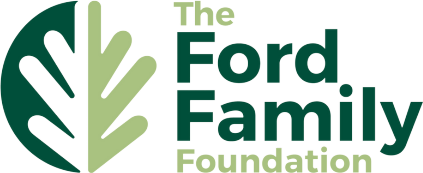
When The Ford Family Foundation began to shift its rural community building strategy from “leadership development” to “community development,” a new staff position — field coordinator — played a significant role in implementing the change. Neither program officers nor grant makers, field coordinators are remote employees charged with extending the reach of the foundation in the rural communities and regions where they live. These “ground truthers,” according to a report, “How Philanthropy Can ‘Go to Where the People Are,’” ensure that programmatic strategies never stray far from the realties in rural communities.
The Ford Family Foundation, which makes grants throughout Oregon and Siskiyou County, California, with a focus on rural areas, also maintains vehicles for other staff, who are also likely to live in rural communities, to travel around the state building in-person relationships and dialogue.


The Colorado Health Foundation’s annual survey of nearly 3,000 Coloradans helps shape strategy. In recent years, residents have identified the rising cost of living, the cost of housing, and homelessness as the most serious problems facing the state. In response to those results and other input from community, the foundation added a new priority area, Economic Opportunity. And it is relying on additional listening efforts, such as interviews and focus groups and its staff’s continued community engagement, to inform its work in that area.
Says Tracey Stewart, a senior program officer: The survey data, “point us in a certain direction and then we start knocking on the doors of the people we need to meet to understand, plan, and act.”

Explore this menu to spark the changes you want to see.
Mix and match to find the examples, resources, and reflections best suited to help you and your organization shift power to the people and communities at the heart of your work.
How to use the menu
Funders are moving toward listening and participatory practices at different rates and from different starting points and perspectives. We also know that shifting power is not easy work and requires a strong internal commitment and continuous learning. It’s best to be clear on your organization’s motivations, capabilities, and goals. As you engage with this menu, consider your funding practices, operations, policies, and values — and then identify where change will best serve your foundation and the people and communities you seek to serve.
We recommend examining the menu’s resources and examples with a willingness to turn kernels of ideas into something right for you. No matter where you start or the path you travel through this menu, we suggest spending time on the reflection questions, perhaps engaging colleagues to help you and your organization better understand and prepare for what it means to listen to shift power.
Our Participatory Philanthropy Toolkit, included as a resource in the menu, has a Funder Readiness Assessment that can be adapted to different listening practices and help prepare you to make changes in your priorities and practices.
How we choose the items
We offer a range of examples and resources because there are no one-size-fits-all solutions; and we share them in a menu format so you can choose what’s interesting or relevant to you and your foundation. We don’t rank the practices or the organizations employing them or intend to signal that any featured funder has met its listening goals across the board. Each example represents only a moment in time — a practice one of your peers told us (or an intermediary) about, and that we hope might inspire you to enhance your own listening work.
Similarly, we do not rank the resources, though we did select them based on a set of criteria, including:
- We and/or our partners have personally used the resource and find it is high-quality, promotes impact, and aligns with our power analysis
- The resource is widely and publicly available (not just to paid members) and, ideally, accessible to people with disabilities
- The resource is relevant to, and includes applicable lessons for, a variety of types of funders
- The resource is as evergreen as possible
New resources are always coming online. We hope that the ones we’ve included are helpful while also sparking your curiosity and helping you forge an ongoing relationship with the creators and other aligned efforts.
We are always looking to add more funder listening examples and more resources. Please reach out to our communications manager, Debra Blum, or take a few minutes to share your stories and ideas on our Lift Up Listening online form.
Have questions about the menu or ideas for resources or examples?
Please reach out to our communications manager, Debra Blum.

